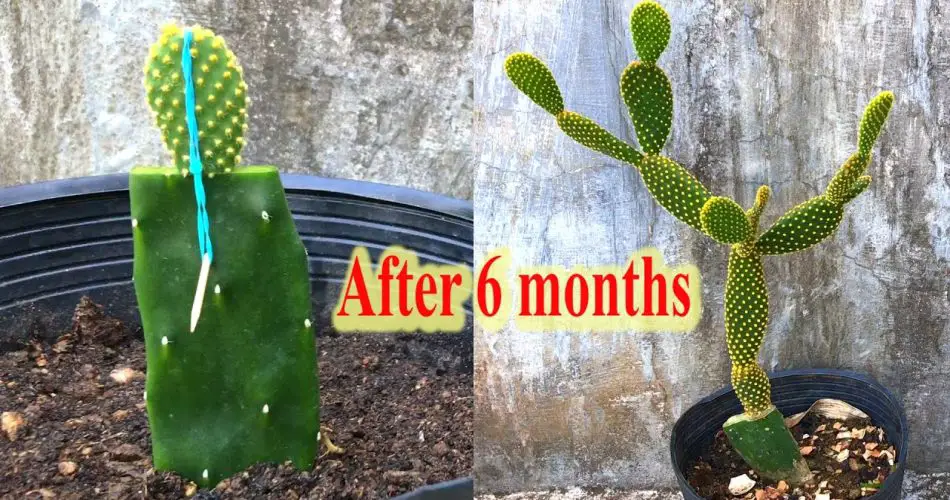The world of cacti boasts a vibrant tapestry of shapes, sizes, and adaptations. Among these fascinating plants, two distinct categories capture the imagination: the iconic dragon fruit cactus and the diverse realm of land cacti. While seemingly distinct, their paths can converge in a fascinating horticultural practice – dragon fruit cactus grafting. Let’s delve into this unique union and explore the individual wonders of each cactus type.
The Allure of the Dragon Fruit Cactus
The dragon fruit cactus (Hylocereus spp.), also known as pitaya, is a captivating climber native to Central and South America. Known for its vibrant pink or yellow fruit adorned with green scales, it’s a true conversation starter. Unlike its land-dwelling cousins, the dragon fruit cactus thrives on climbing structures and relies on aerial roots to anchor itself. Its long, trailing stems are adorned with beautiful, night-blooming flowers, adding another layer of intrigue to its character.
Beyond its visual appeal, the dragon fruit cactus is a prized producer of the sweet, refreshing dragon fruit. This unique fruit is packed with vitamins, antioxidants, and dietary fiber, making it a delicious and healthy addition to any diet.
The Enchanting Diversity of Land Cacti
Land cacti, encompassing a vast array of species, have captivated botanists and enthusiasts for centuries. From the towering saguaro cacti of the Sonoran Desert to the miniature living stones of South Africa, these resilient plants have adapted to thrive in some of the harshest environments on Earth. Their diverse shapes and sizes are truly remarkable. The iconic columnar cacti like saguaro and cereus offer a majestic presence, while globular cacti like the iconic hedgehog cactus (Echinocactus spp.) and the playful bunny ears cactus (Opuntia microdasys) provide a touch of whimsy. Land cacti also boast a stunning array of flowering variations, ranging from delicate, ephemeral blooms to vibrant, long-lasting displays.
The Intrigue of Dragon Fruit Grafts
More on page 2





1 Comment
Lirigzon Gashi